ahh

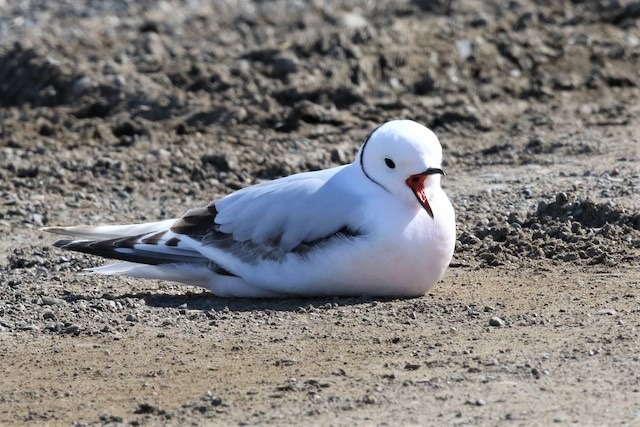
baby toucans are just. beaks and feet with a side of body. they look like if someone gently rested half of a banana on top of a birds face, made the birds toes 90% larger, and called it a day
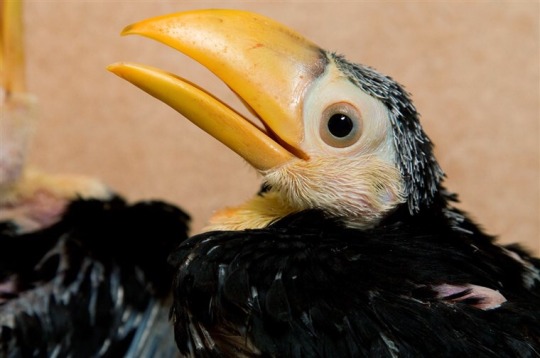
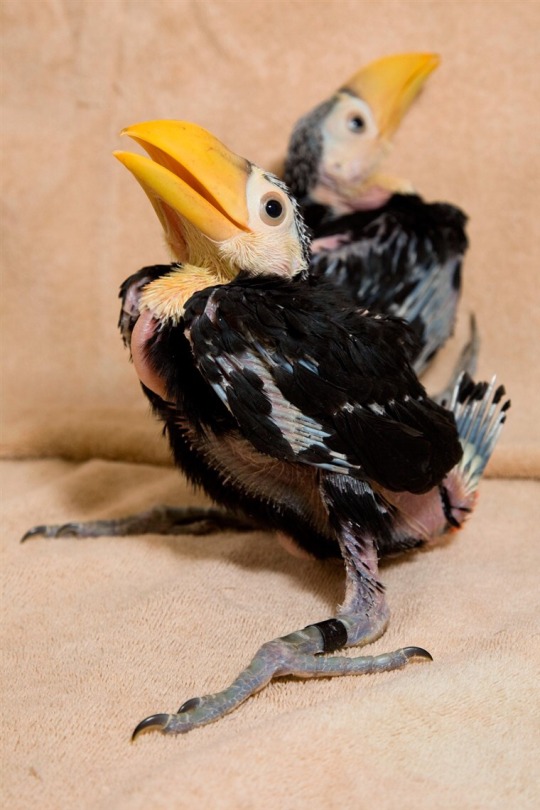

(x)
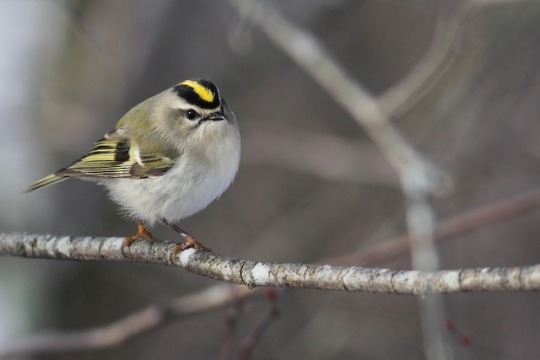
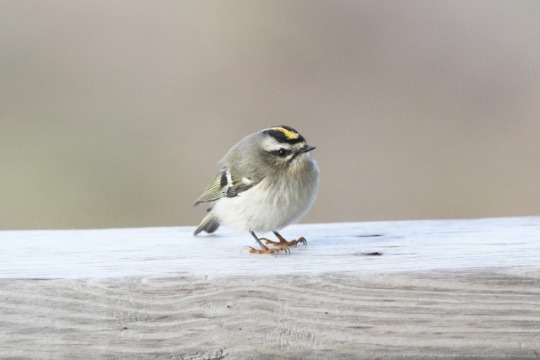
the golden-crowned kinglet is one of the smallest north american birds, only 3-4 inches long. the kinglet is found throughout north america, and is generally approachable by humans. kinglets feed mainly off of insects along with fruit and seeds.
(x)

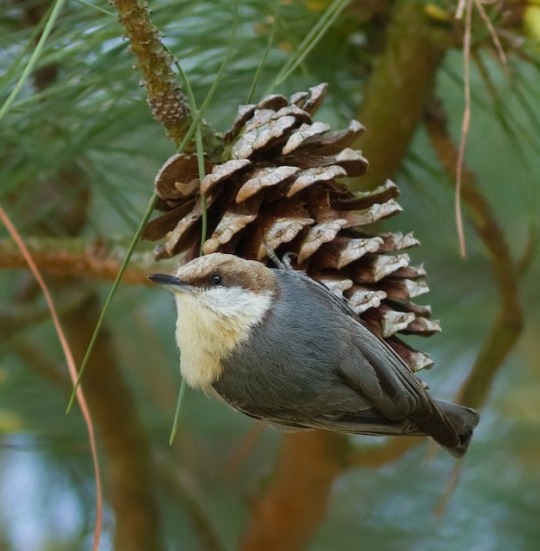
the brown-headed nuthatch is a small passerine bird native to the southeastern united states. this nuthatch matches the pygmy nuthatch for size, making them the two smallest nuthatches. brown-headed nuthatches scurry along tree trunks and forage for insects in the bark.
(x)
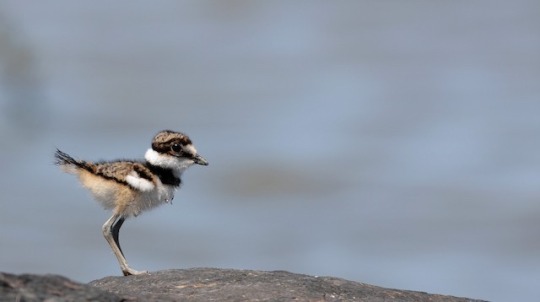
baby killdeer are precocial and start to walk within their first few days of life. a member of the plover family, killdeer are native to the americas, and frequently create their nests in rocky areas – in urban environments, gravel.
(x)

todays birds are: this row of chicks!
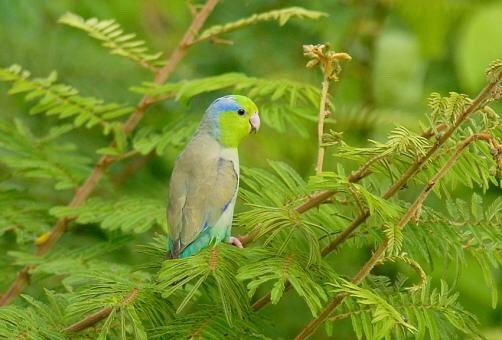
the pacific parrotlet, also known as the lesson’s parrotlet or celestial parrotlet, is a small parrot native to ecuador and peru. they are in the second smallest group of parrots, behind the fig parrots, and are part the smallest new world parrot genus.
pacific parrotlets are sexually dimorphic. males and females are easily distinguished; males have blue feathers on the wing and base of the tail and a small blue stripe behind the eye, whereas females are only green.
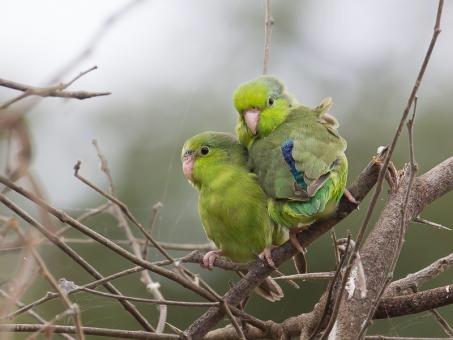
parrotlets feed off of fruit, berries, seeds, and plant matter.
pacific parrotlets are the most common species of parrotlet in captivity. despite being small, they aren’t always recommended as beginner birds as they are known for being temperamental and stubborn.
despite some import for the pet trade and habitat loss, the pacific parrotlet is currently rated ‘least concern’ by the iucn.
source: (x)

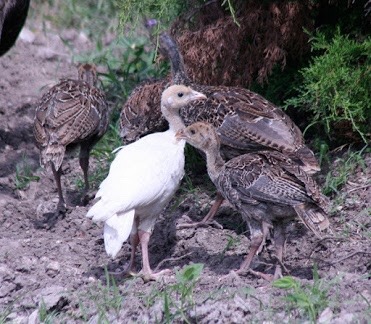
this juvenile leucistic wild turkey was spotted in texas. leucistic animals have a lack of pigmentation; their eyesight and feathers are often weaker as a result.
source: (x)
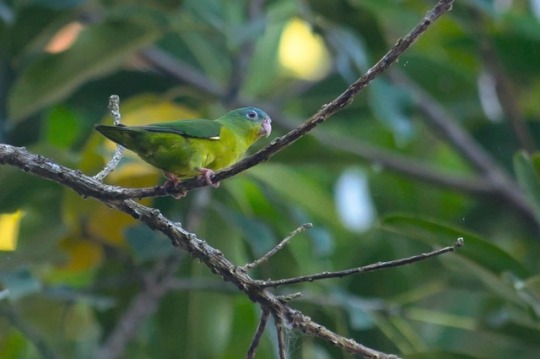
the amazonian parrotlet, also known as the manu parrotlet, is a small parrot native to the amazon.
the amazonian parrotlet was only discovered in the 1970s, and little research has been done on them. they are somewhat elusive and hard to spot, and frequently are found mixed in with other species of parrotlet or larger birds.
the amazonian parrotlet is known to feed off of mainly bamboo seeds.
unlike some other species of parrotlet, the amazonian parrotlet is not sexually dimorphic – or, the current research, which has lacking, has not identified any differences between male and female plumage yet.
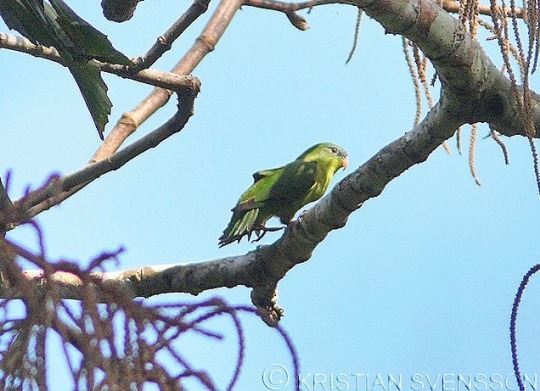
due to how little is known about the amazonian parrotlet, it’s hard to know whether or not they have a healthy population or if they are being affected by habitat loss or trapping, like many other species in their range.
source: (x)
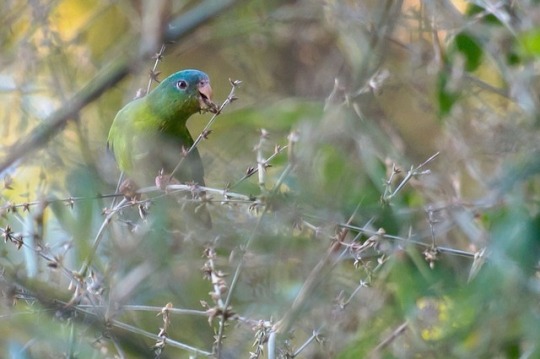
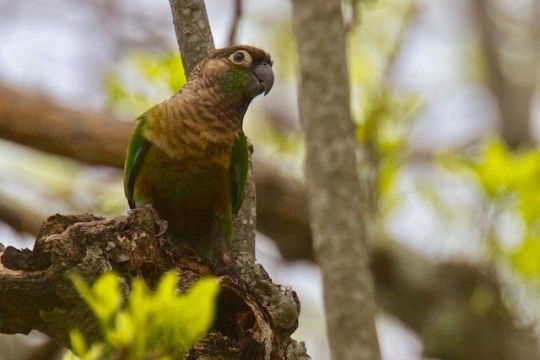

a wild green-cheeked conure perches on a branch. green-cheeked conures are available in many places as pets, but are native only to south america.
(x)